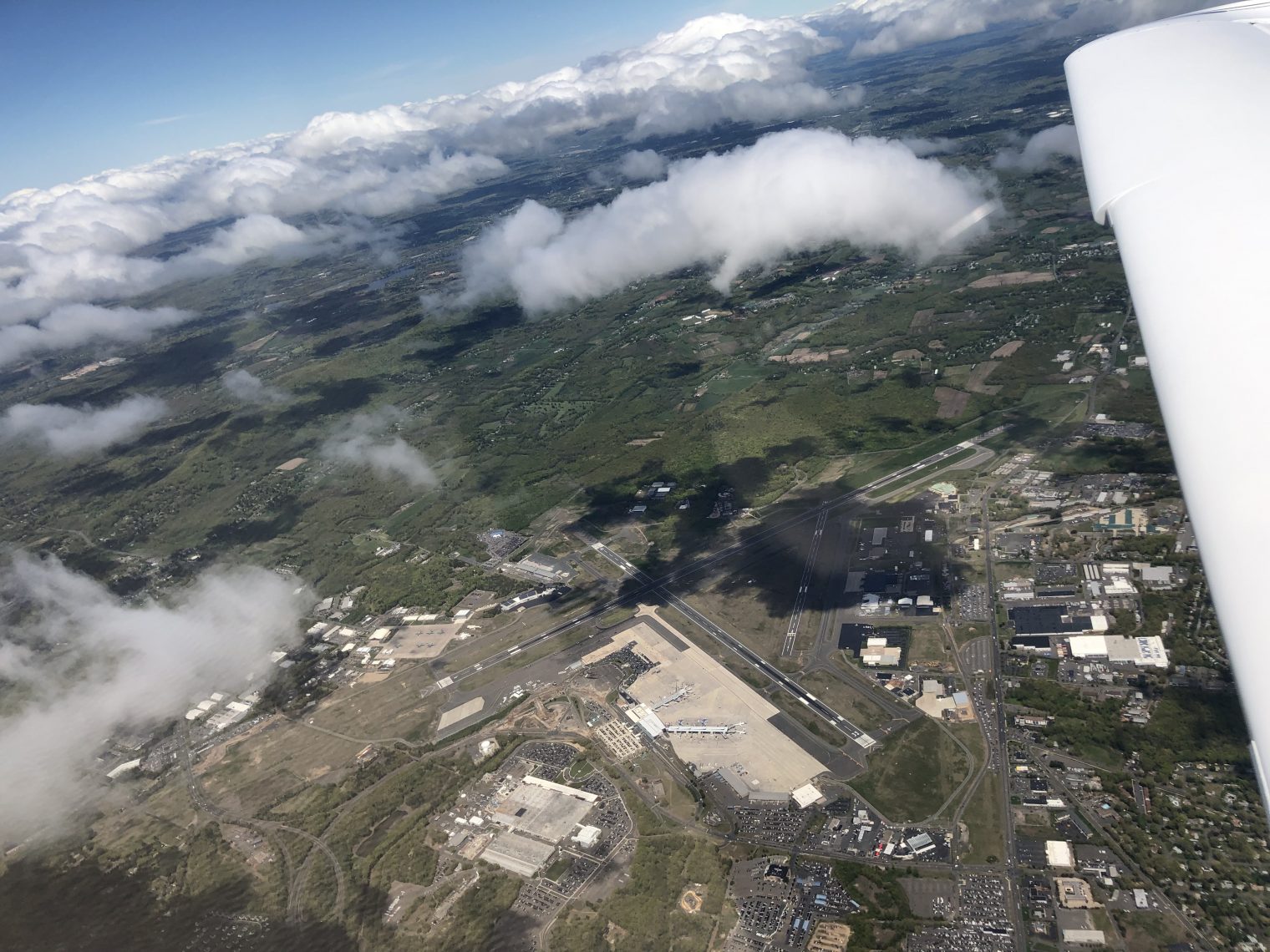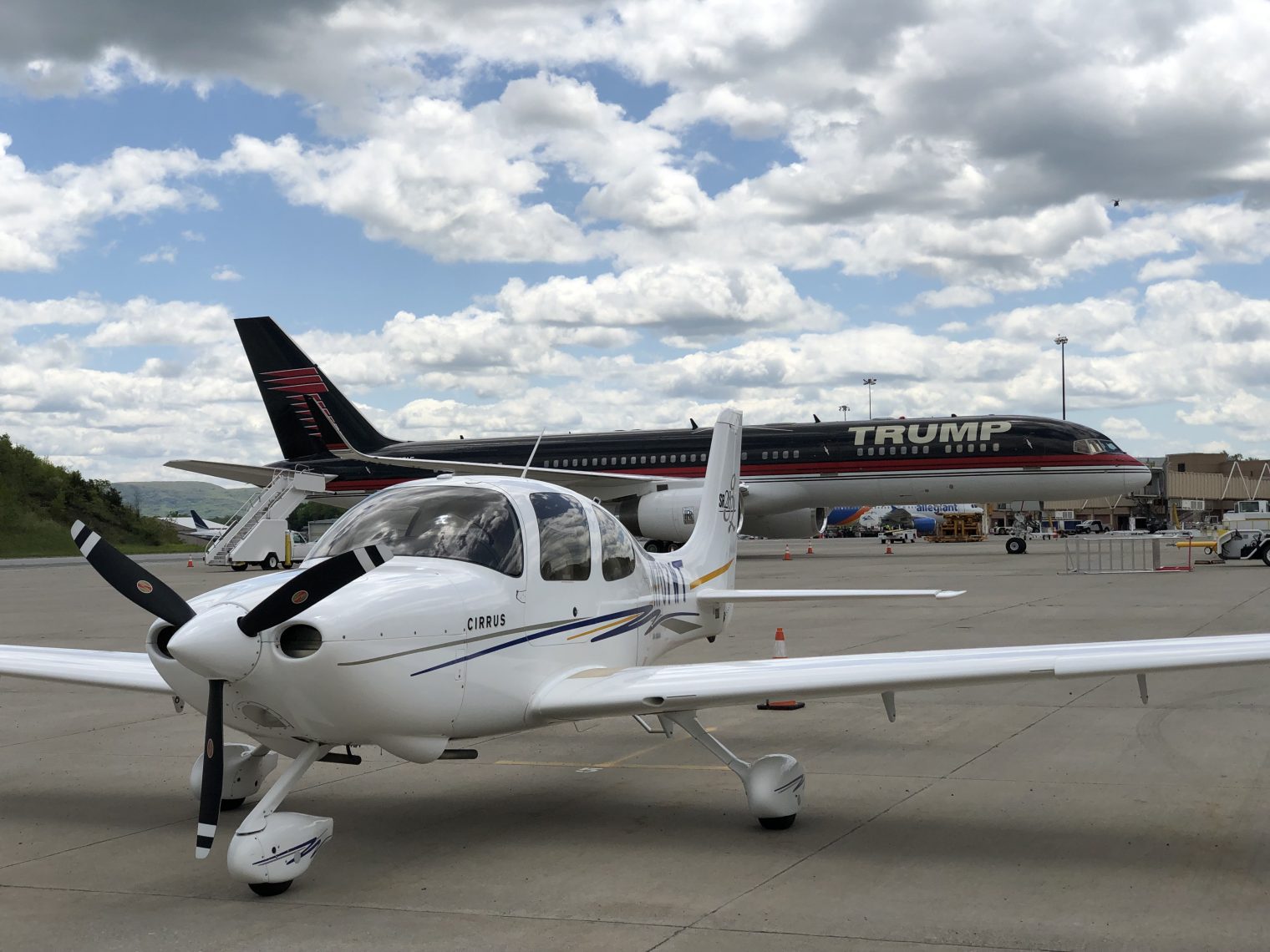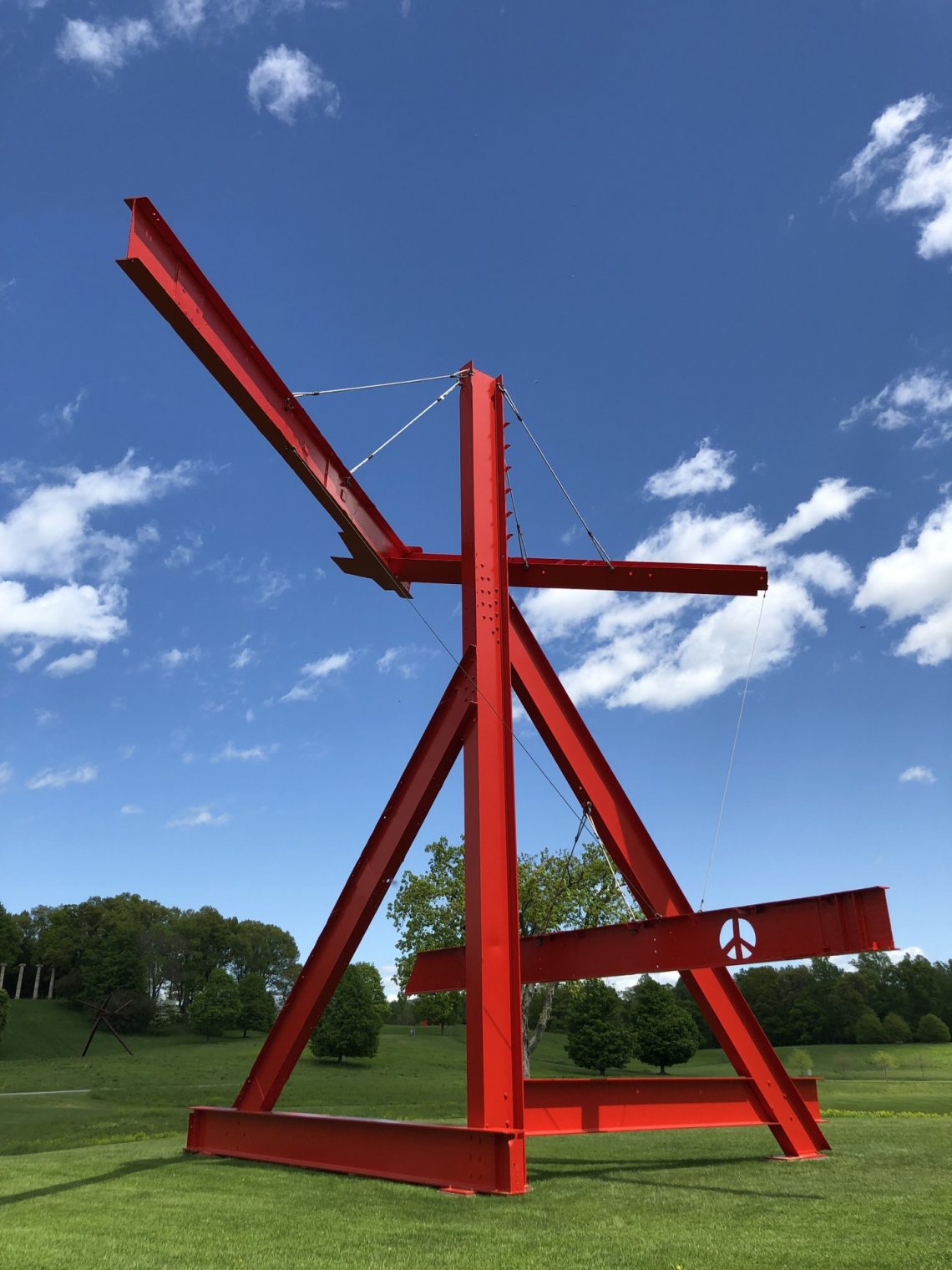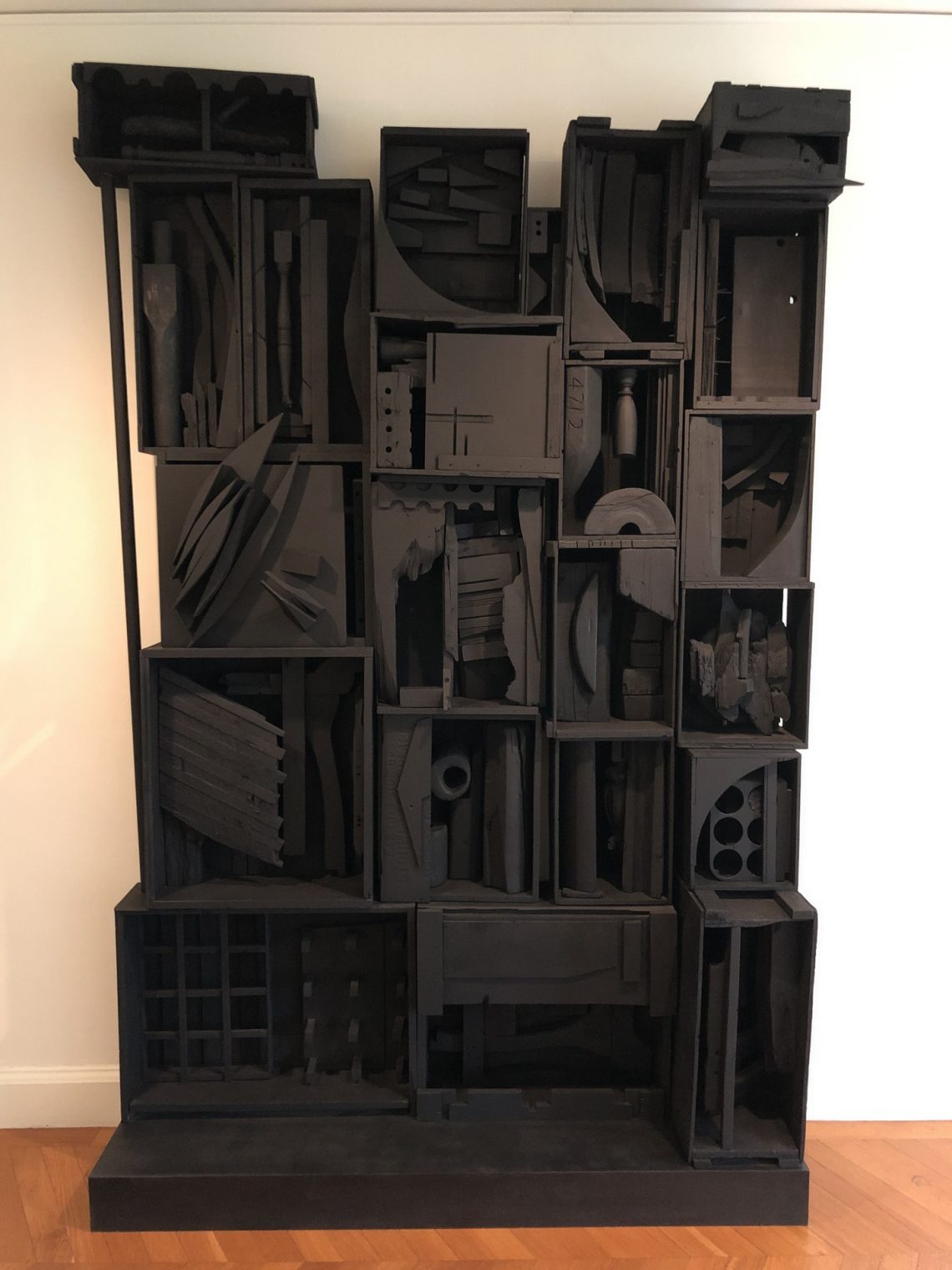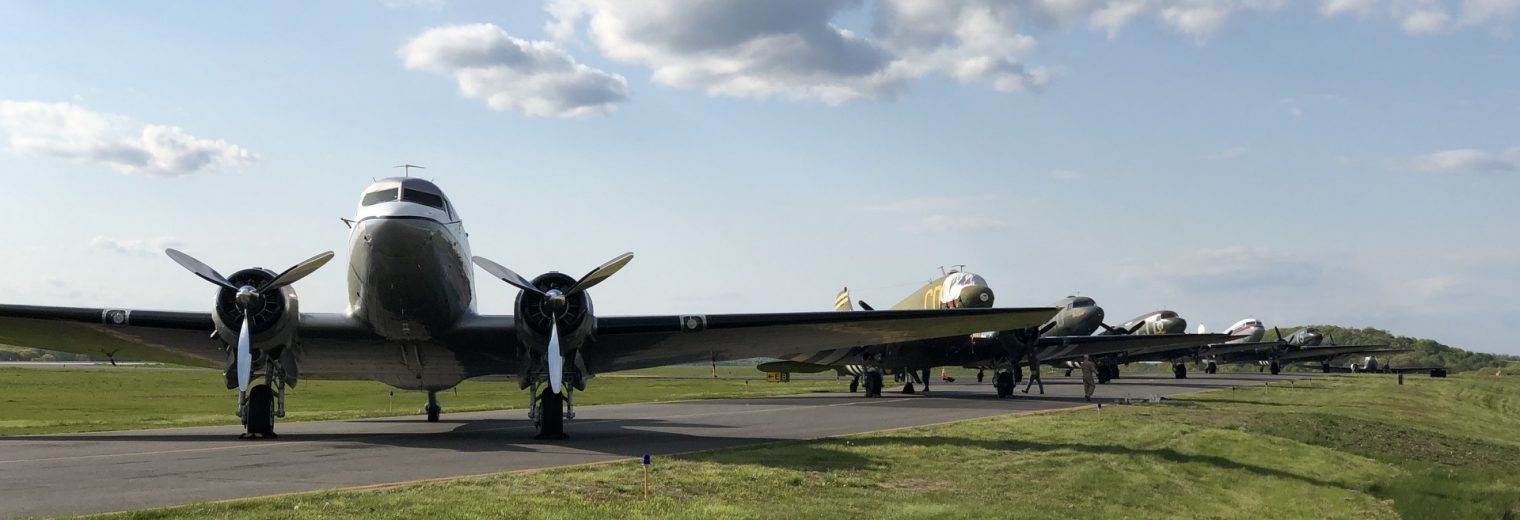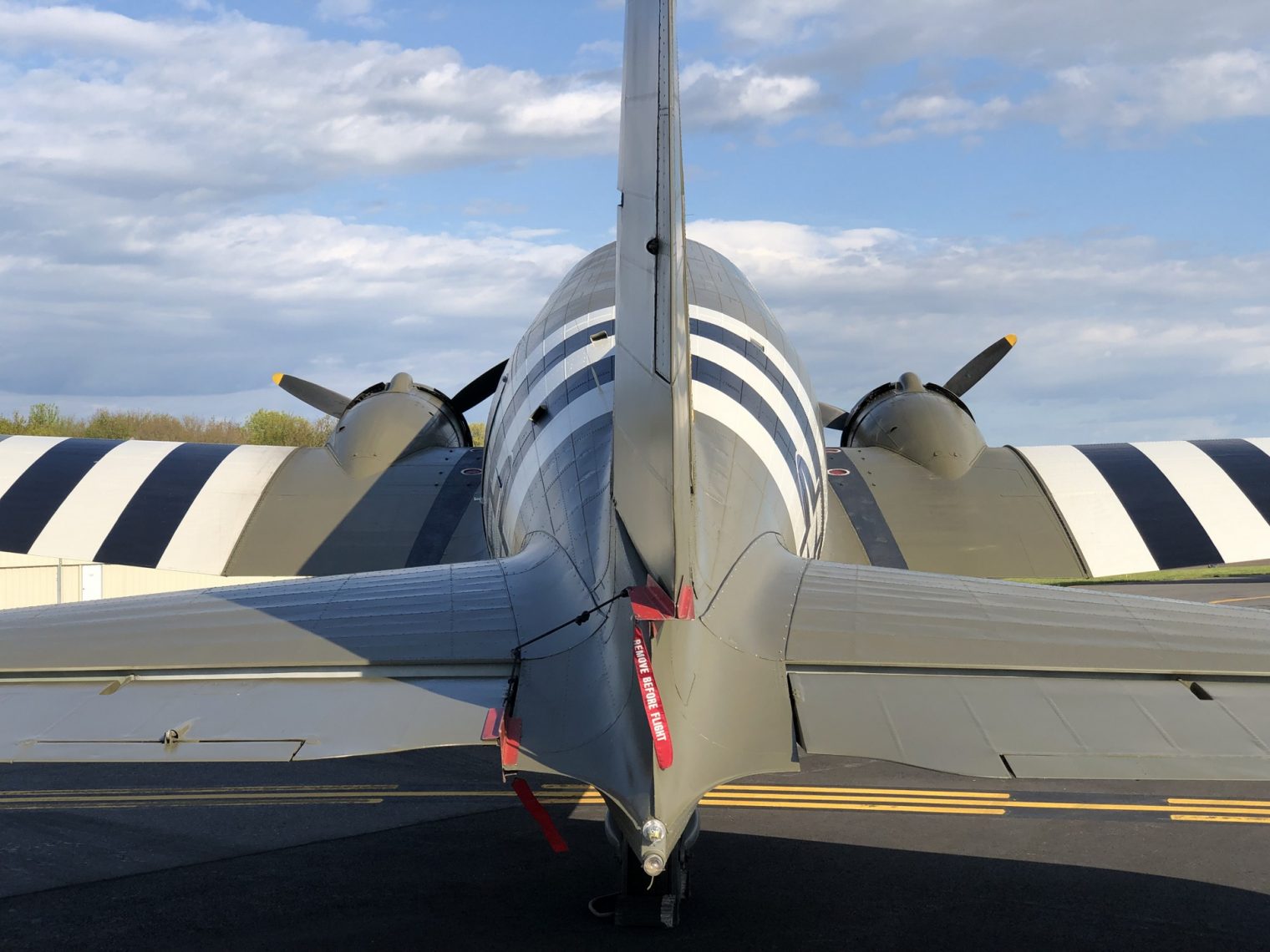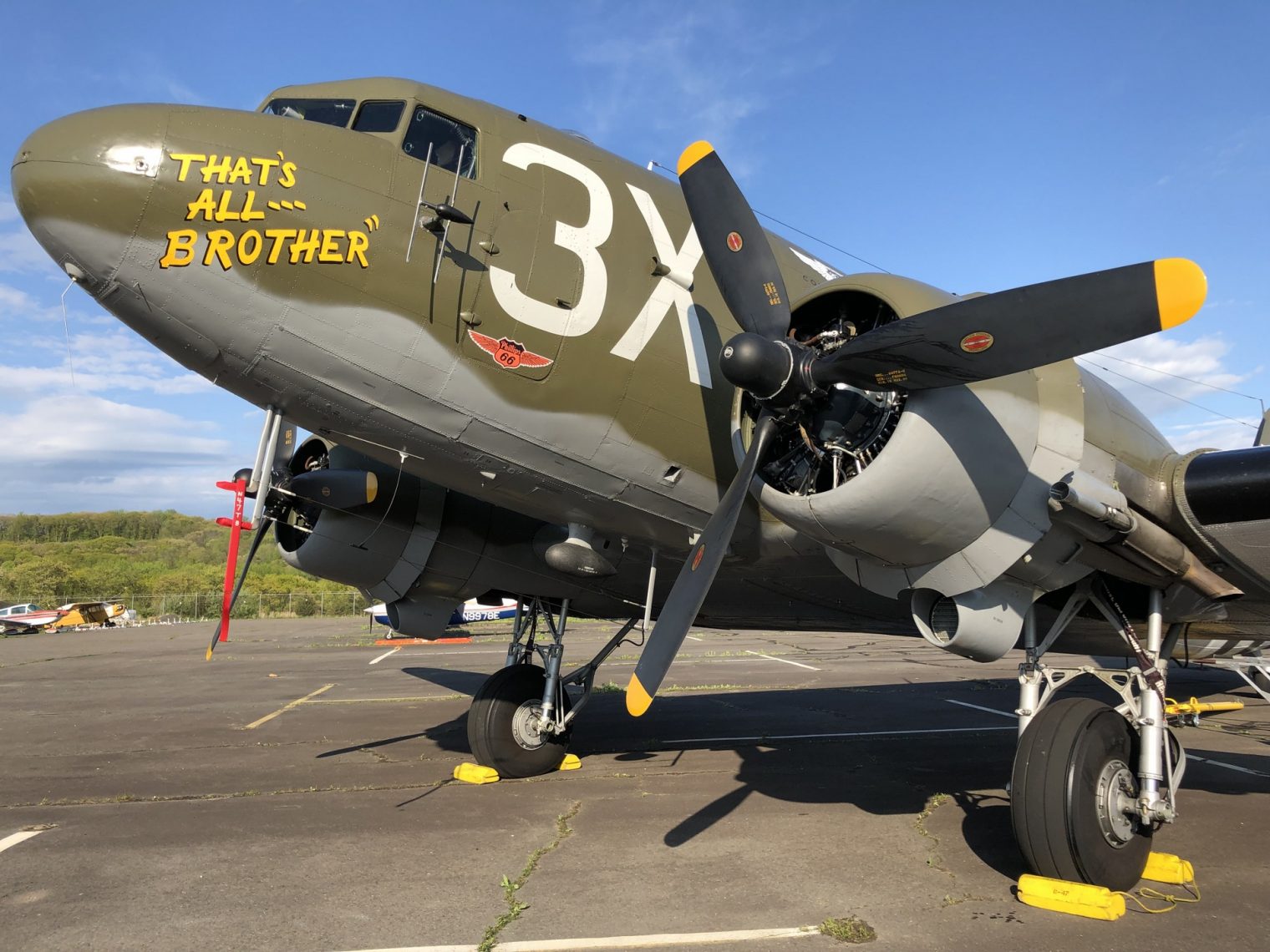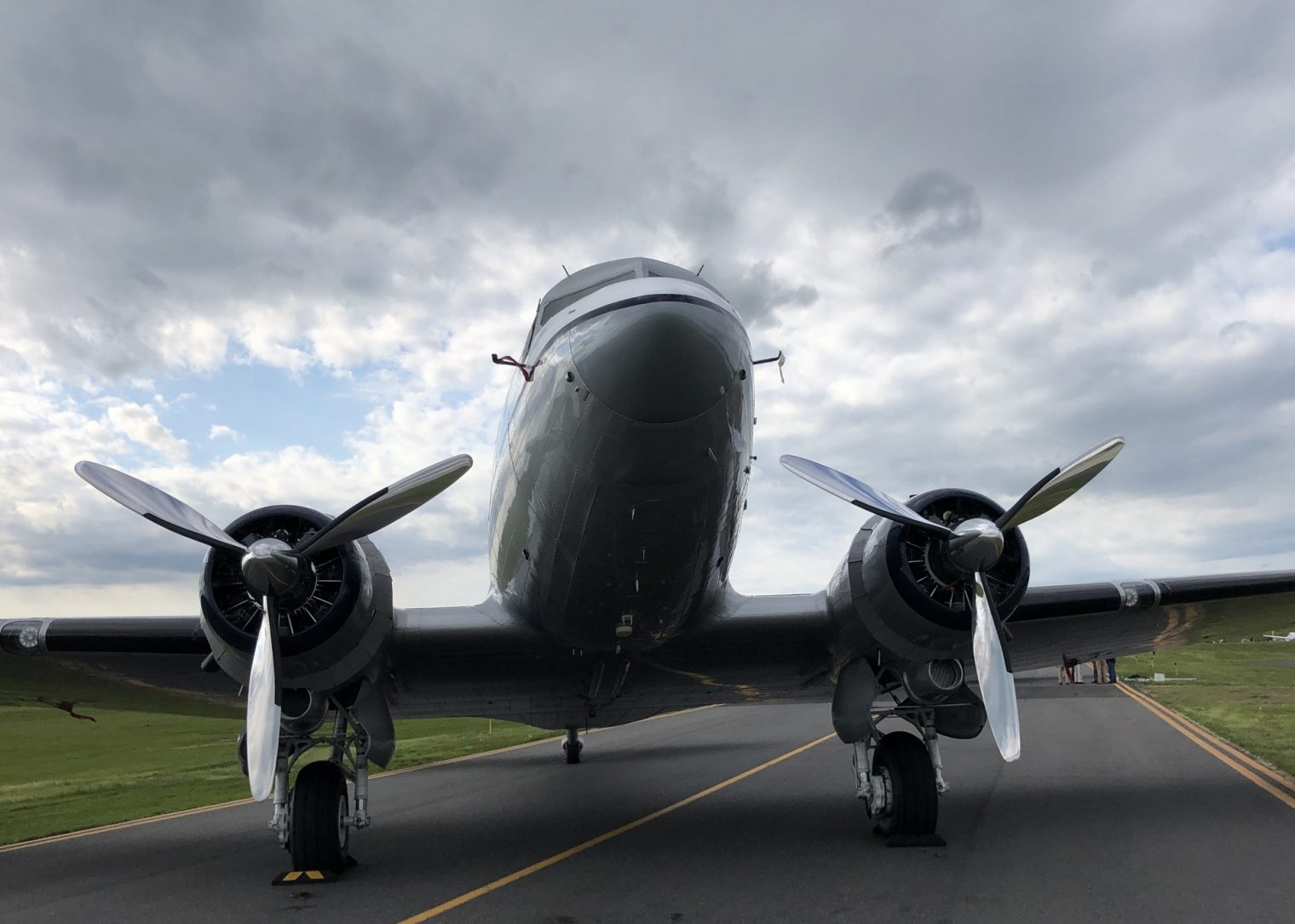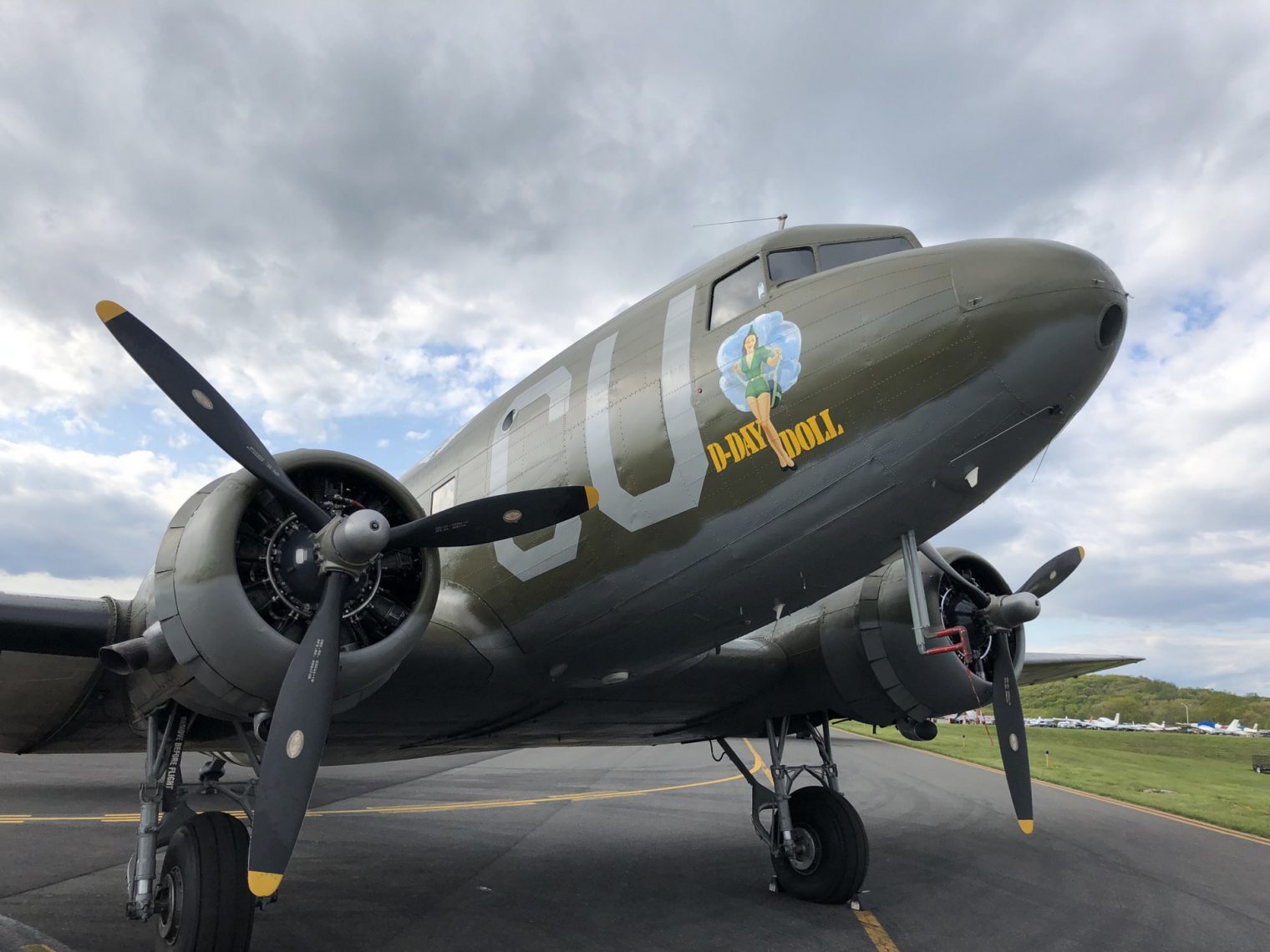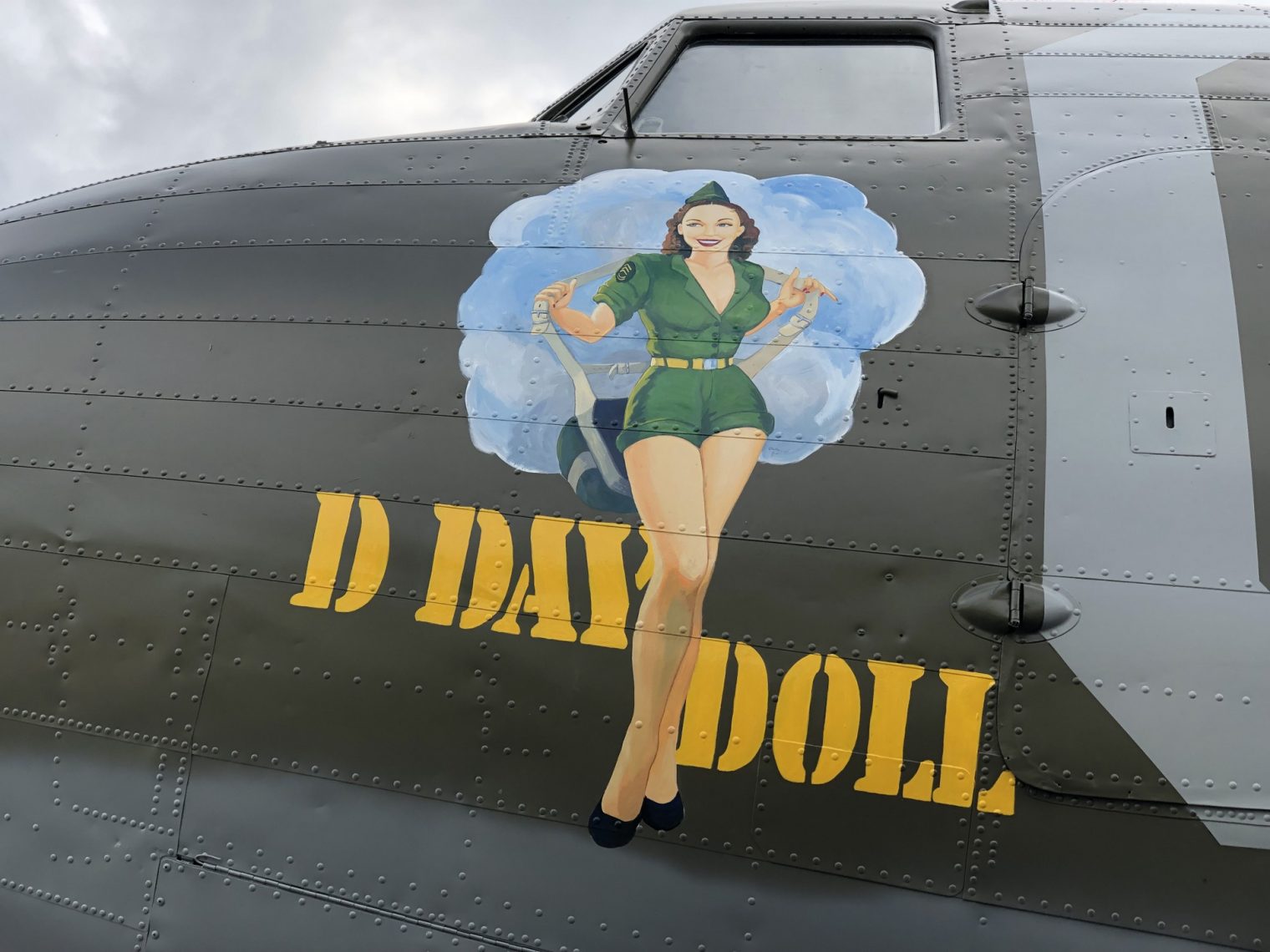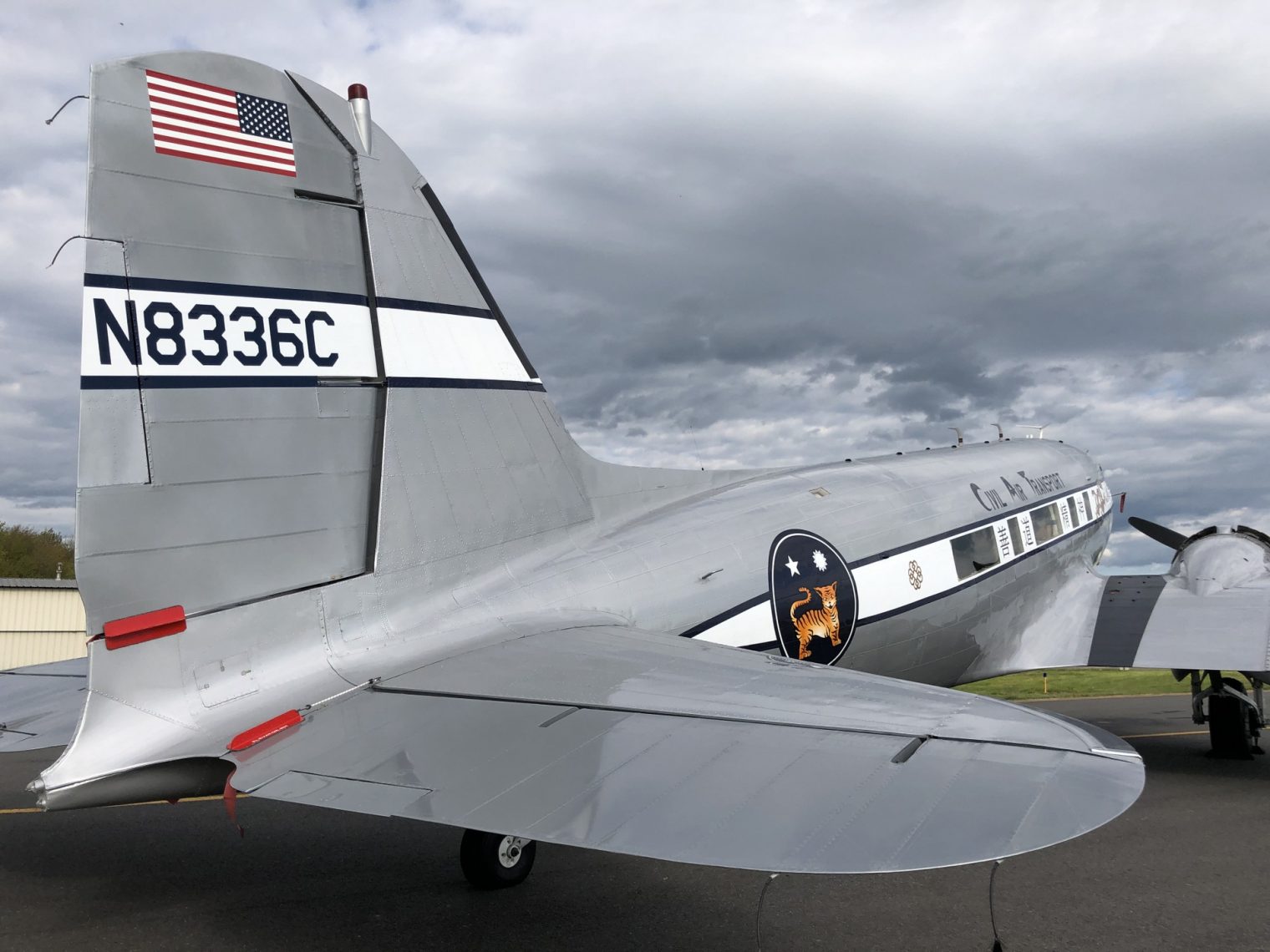We manage a Pilatus PC-12 airplane in which the manufacturer certified a Sony car stereo as cabin entertainment. Totally state of the art… for 1995.
The speaker output of the car stereo is used to drive airliner-style six headphone outlets in the passenger cabin. They are all hooked up in parallel across the speaker outputs (100X the power required to drive modern noise-canceling headphones?).
Instead of trying to modernize this system, it would make sense to buy a stack of Monoprice Bluetooth noise-canceling over-the-ear headphones ($70 each) and drive them all from one smartphone. Except that the typical smartphone can drive only one Bluetooth audio device at a time.
How could the designers of this standard not have foreseen that people would want a broadcast mode?
This year-old Qualcomm web page says that the hardware for a lot of phones is now capable of broadcast audio via Bluetooth. The company publishes a page showing 7 headphones connected to one phone. Yet as far as I can tell, nobody is implementing this from software. Samsung offers “dual audio” on the S9 and S10 (two headphones). Apple offers nothing.
How did we get to the point that the latest and great technology makes it tougher to share music than it was with the original Sony Walkman (1979)?
[One idea for the airplane is to try to drive all six headphone jacks in parallel from an MP3 player or a Bluetooth headphone amp. The latest noise-canceling wired headphones have high impedance and sensitivity and therefore even six in parallel would be an easy load to drive. Or we could do nothing and wait for an Android implementation that actually enables the Qualcomm hardware capability?]
Entrepreneurs: A lot of aircraft now have USB power outlets. Owners would be happy to pay $1,000 or more for a little box that drives the Qualcomm hardware as intended. FAA certification shouldn’t be required since the device wouldn’t be permanently installed in the aircraft (no different than a passenger bringing a smartphone or tablet on board).
Full post, including comments 